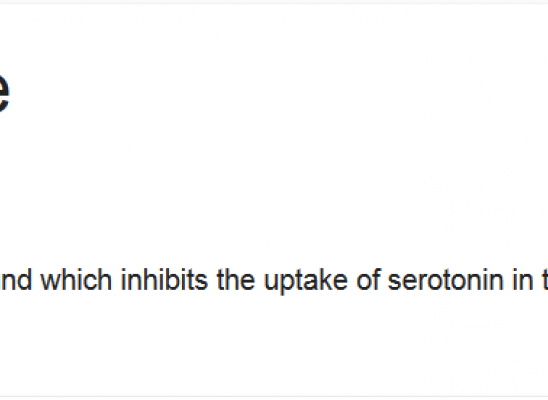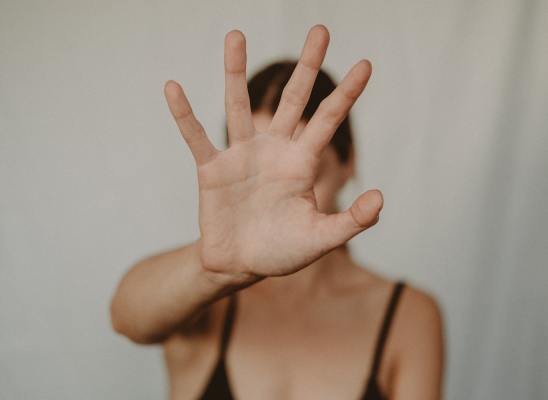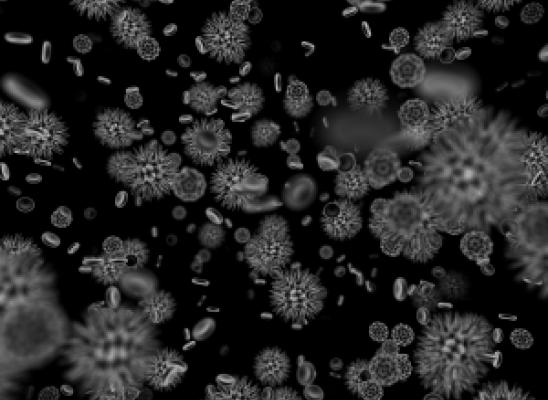Nutrition and hair pulling
Online test
Find out the severity of your symptoms with this free online test
Like any other mental or physical condition, what we eat plays a significant role in our risk factors, our prognosis and the severity of our symptoms. Anecdotally society has always recognised the link between food and emotions, linking certain foods with love and romance, comfort food, foods that give you a pick-me-up and even celebratory foods. So intuitively we know that what we eat is more than just nourishment and should therefore come as no surprise that what you eat may have an impact on hair pulling. Of course there is no one shoe fits all ideal diet, but we let's take a look at some of the general guidelines to consider that may help you reduce your hair pulling: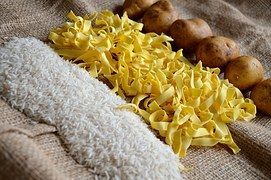
Balancing act
There’s a saying that says ‘too much of a good thing can be bad’. This is equally true when it comes to food and nutrition. Just because a certain type of food is good for you that doesn’t mean that you can eat as much as you like. The key is to strike a balance between all the food groups. There are many fad diets out there that calls for the complete exclusion of certain food groups like carbohydrates or fats. People looking to lose weight for example often think they should cut out fat. However, fat is a crucial nutrient that has received an undeserved bad reputation because of the bad fats commonly consumed in modern diets. The key is to find the right fats and consumed in moderation within a balanced diet.
It’s not the ‘what’ but ‘where’ that counts
They key is not to vilify entire groups of food but rather identify where or how it is sourced. For example, naturally occurring sugars from sources like honey or raw fruit is good for you in moderation, whereas refined sugar such as the sugar you put in your coffee or the sugar found in sweets and fizzy drinks are bad. Even saturated fat and cholesterol are not the villains they were thought to be, but what we really need are more omega-3 fats. They are anti-inflammatory all over the body and are thus important for preventing all the top modern diseases. They are crucial to the functioning of our brain, which is around 60% fat. Unfortunately, we get too much omega-6 fat through processed food, vegetable oil, and factory farmed meats, which have predominantly omega-6 fat as a result of being fed grains rather than their natural diet, grasses. A high ratio of omega-6 to omega-3 is correlated with depression, and in fact, adding omega-3 fats to the diet has been shown to have a positive impact on depression, bipolar disorder, ADD, schizophrenia and Alzheimer’s.The best source of omega-3 naturally is fatty cold-water fish, particularly wild-caught salmon, sardines, anchovies, herring and mackerel. Flaxseed oil can work for some of us, although genetically only one-third of us can convert the omega 3 in flax oil to a useable form for our brain. Algae oil is a better option for vegetarians. Grass-fed meat or chicken eggs are also good sources. As increased hair pulling has been found to correlate with low mood, foods that lift the mood such as fruits and vegetables should definately be included in your diet.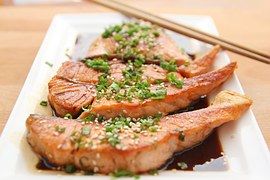
Watering the brain
The most basic of human needs is the need for fresh clean water. When we do not dringk enough water, we can become dehydrated, but more importantly the brain does not function at the optimal level when we are dehydrated. You may find that if you feel sluggish and moody, a drink of water might pick you up. A minimum daily intake of 8 glasses of water is recommended but during times of increased stress or emotional strain, it is wise to increase your water intake as well. Also look a the sources of your water. It is recommended to invest in a good water filtration system to ensure you drink clean pure water. Try and stay from sugar, Alchohol, Caffeine, processed foods and foods to which you have a sensitivity or intolerance.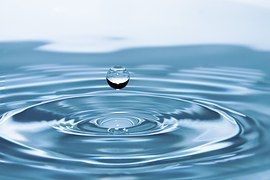
Keep it fresh, keep it colourful
A good guideline is to look at your plate and ask yourself: Is my plate fresh? And is my plate colorful? It is always a good idea to have fresh fruit or vegetables with every meal and the more crunchy they are the more nutrients they have retained. In addition to keep your diet balanced look at the colors you eat throughout the day. If you have too much of one color, then you are not eating a balanced diet. For example if you eat bread or cereal for breakfast, a sandwich and chips for lunch, and pasta for dinner, you are getting a) way too many grain-based carbohydrates, b) not enough protein and c) not enough vegetables. It is a mood and pulling disaster.
Online test
Find out the severity of your symptoms with this free online test
Start your journey with TrichStop
Take control of your life and find freedom from hair pulling through professional therapy and evidence-based behavioral techniques.
Start Now

